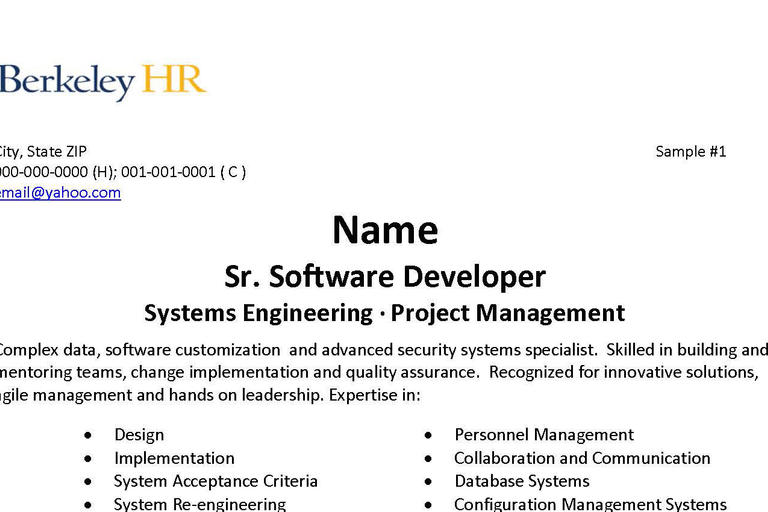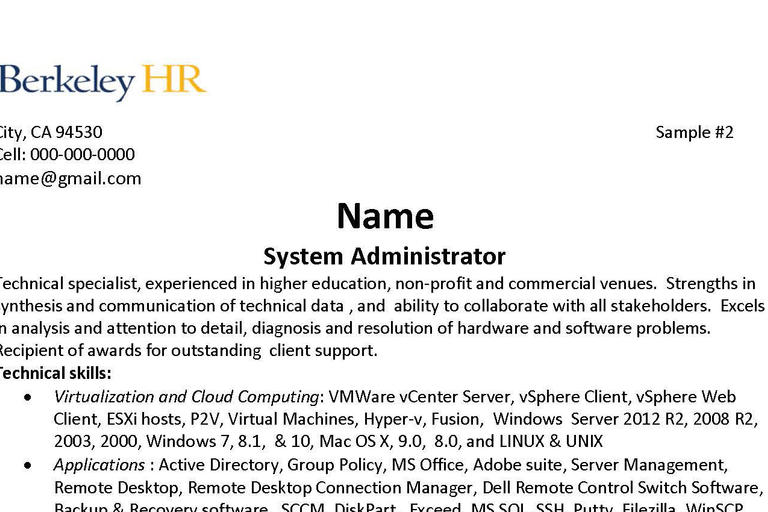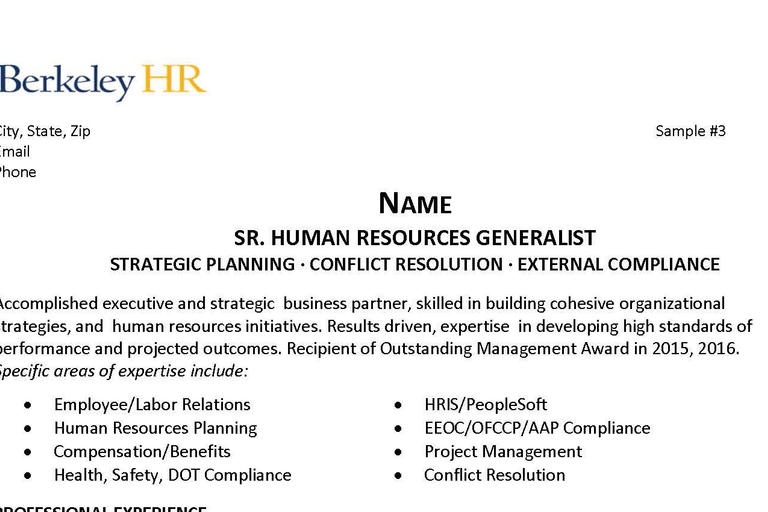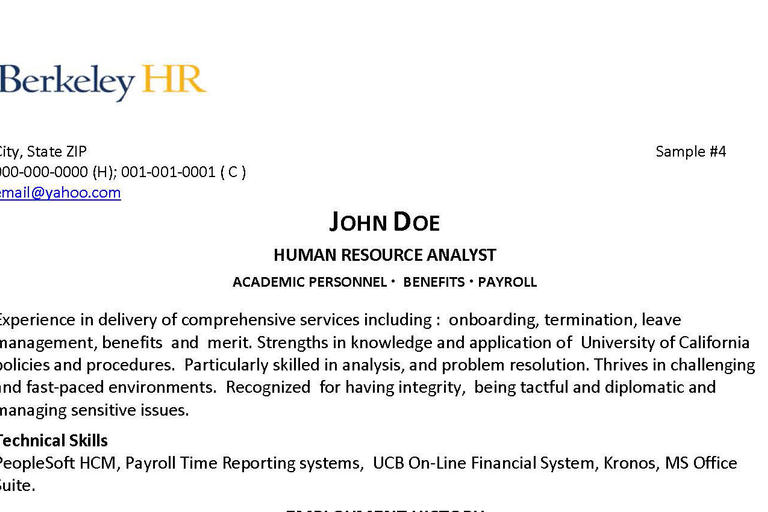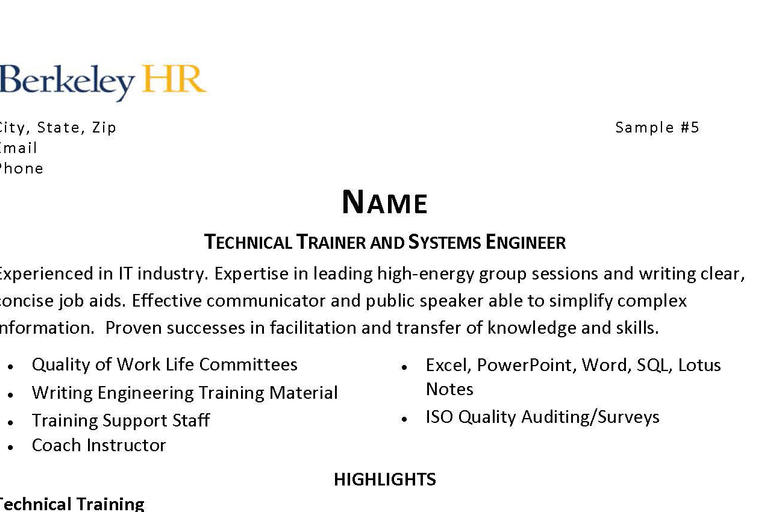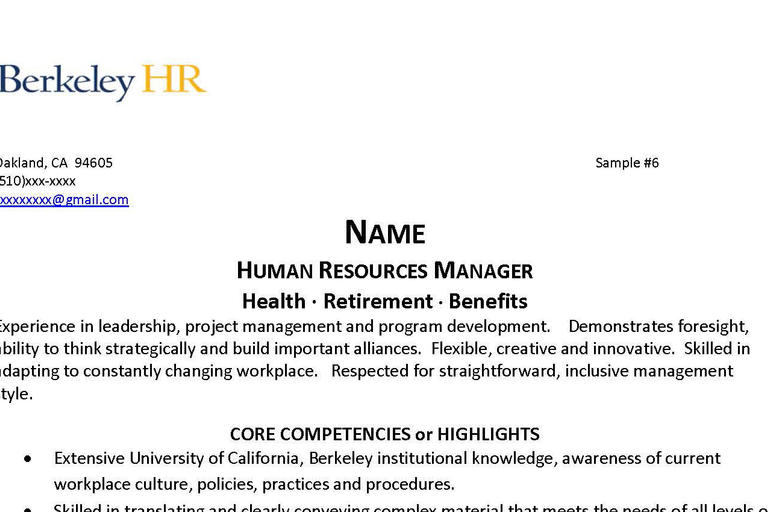Getting Started
The process of writing your resume is excellent preparation for both networking and job interviews.
The employer is looking for information that will tell them:
- Who you are.
- How you can help them solve their problems.
- Your experience in solving problems like theirs.
A few steps to help you get started:
- Gather all your information: employment history, dates, performance reviews, education, training or licenses, and community work.
- Review your qualifications and skills. Make note of what it took to do your job, e.g.: skills in communication, leadership, technical expertise, attention to detail, or creativity.
- Create a list of accomplishments. What you are most proud of achieving that might be an example of your skills and abilities? Describe the outcome, and then how you impacted that outcome. Did you lead, create, implement, improve, or influence?
- Analyze the job posting that you are interested in. What skills and experience are they looking for in a candidate? Do you match these requirements? Check for keywords and use their terminology to describe your experience.
TIPS:
- Studies have shown that employers prefer a bullet-style resume to a narrative style because it is easier to read and remember the information.
- Employer references are not to be included on your resume. Use a separate sheet for these.
- The length of the Resume should fit your experience and your industry. There is no one-page rule.
- Do not:
- Include an objective, unless you are brand new to the job market.
- Use the task descriptions on your old job description to describe your work.
- Repeat phrases or descriptors.
- Use personal pronouns or full sentences.
- Include anything that cannot be verified.
Resume Components
1. The Header
- Contact information: phone, email, LinkedIn, city, state, zip. Place these at the top of the page – center or left margin
- For the protection of privacy, do not include your street address.
- Your name in the center or left margin. Use bold, type font size 20+.
- Name your target or career field, not the job title (bold, font size 18); i.e., “Electrical Engineer” not “Unit Technician.”
- Use a personal, professional email. Do not use your current employee email or phone.
2. Summary of Qualifications
“You need to make it exquisitely clear in the summary that you have what it takes to get the job done.” - Right Management Group
This section may also be referred to as a "Professional Profile." It highlights your transferable skills and your subject matter expertise in 3-5 lines without using “I” statements or full sentences.
Note: Anything that is described in your profile will need an example to follow in your resume.
- Transferable skills are those talents and abilities that enable you to do your job. Use short phrases (think “sound bites”) that describe how you work or what is unique about your process.
- Think about your accomplishments; what are you proud of and how did you do it? These descriptions will highlight your achievements as well as demonstrate your skills. How did you lead, create, motivate, save money, etc.?
-
Great words to describe your skills can be found in your performance evaluations, in assessments like the MBTI or Strengths Finders.
How to Write a Summary
The first statement describes a broad overview of experience and notes highlights. Avoid naming years of experience in this section.
- Innovative team leader experienced in higher education and information technology.
Next, make a statement of specialized expertise. This is where you describe what is unique about your experience
- Uniquely skilled in the communication of complex data to a general audience.
Follow with 2 or 3 statements related to your breadth or depth of expertise.
- Agile and adaptable manager, successful in implementing organizational change.
- Skilled in administration, systems improvement, and delivery of successful projects.
The final statement might acknowledge what you are recognized for by your peers.
- Noted for grace under pressure and building strong stakeholder relationships.
3. Accomplishment Statements
An Accomplishment Statement is a specific example of the results of your work and helps to create your story. For example, begin by stating your result or outcome. Did it have a positive impact, contribute to your employer’s success, or add value?
Example:
Initiated process change in the design of UC Path reporting structure that resulted in cost savings and early implementation of the project. Provided analysis, collaborated with cross-functional teams, and presented to leadership.
Keep in mind that accomplishments are not responsibilities. Accomplishment statements:
- Demonstrate your skills.
- Highlight successes.
- Target your resume.
- Prepare you for interviewing.
Use action words to describe your accomplishment: managed, drove, developed, led, designed, innovated. For more examples, check out the Action Word List.
Create a summary statement to be placed on your resume using the PARS system.
PARS stands for Project, Action, Result and Summary. This is a simple formula for building an accomplishment statement to make creating your story easier.
Start with describing a project you are proud of.
P= PROJECT: Describe the situation or challenge. What was your goal?
- Managed and maintained all records pertaining to purchasing and inventory.
A = ACTION: What did you do to impact the problem? Describe your process or decision.
- Consolidated and computerized all records into one system.
R = RESULT: What was the outcome or result of your contribution? Did you improve, increase, minimize, or resolve the issue? Often a good way to start is to describe your outcome.
- New tracking system reduced annual costs by 20%.
S = SUMMARY: Finally, summarize your story. Your summary statement goes on the resume and can also be used in a cover letter. As it represents your skills and abilities, it is good information for interviews as well.
- Consolidated records management system resulting in 20% annual cost savings.
4. Professional History
Put history in reverse chronological order. Use years, not months, to note a period of employment. (Months may be required on an application).
If you have had more than one job with an employer, put dates in parentheses to indicate the period of time you held that position.
Use consistently formatted company, city, state, and title to document your work history. Include 1-2 lines describing the department or company.
5. Format
Keep it simple. Avoid decorative lines or boxes.
Types of Resumes:
- The Hybrid format (a combination of functional and chronological) lists key accomplishments right after the summary and provides the most opportunity for you to target your resume. It is the most frequently used and generally preferred by employers as it emphasizes both areas of responsibility and accomplishments.
- The Chronological format focuses on work history first and then accomplishments.
- The Functional format clusters experience or skill descriptors without relating to a specific job or employer.
Fonts and Margins:
- Use Professional/Business Font: Calibri, Ariel, Tahoma, OpenSans.
- Font size: 11-12 pt., except for your name in 20+.
- Use Bold, CAPS, and spacing in a consistent manner.
- Use 1-inch margins (normal default in Word). This automatically creates adequate whitespace.
- Do not include pictures or personal information, salary requirements, or “References Available”


